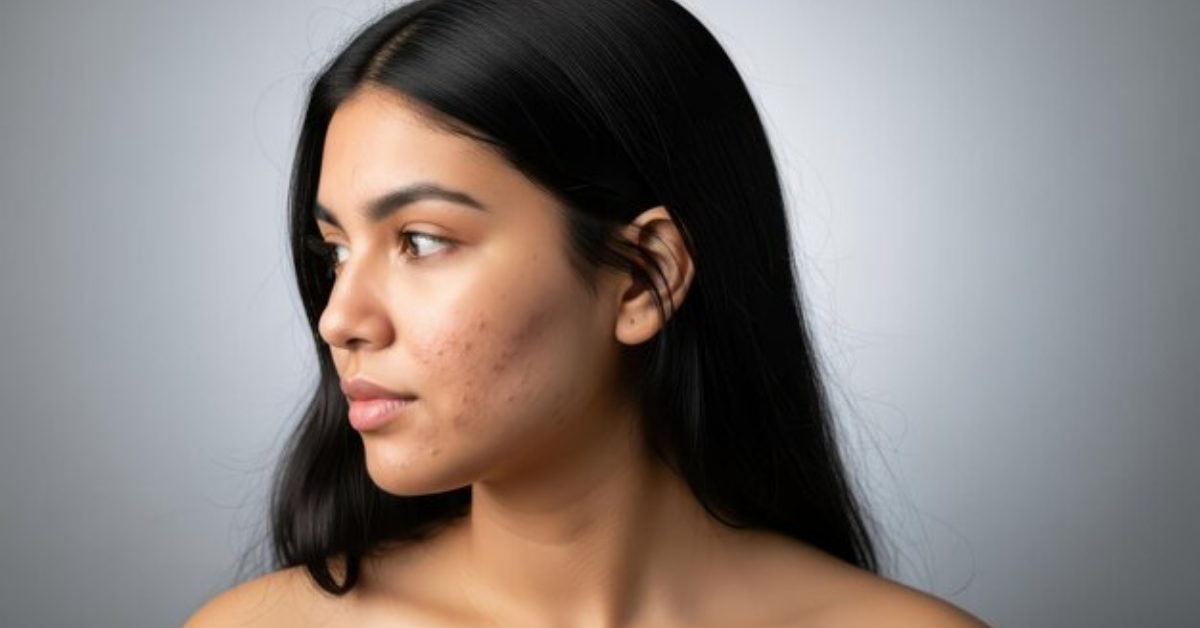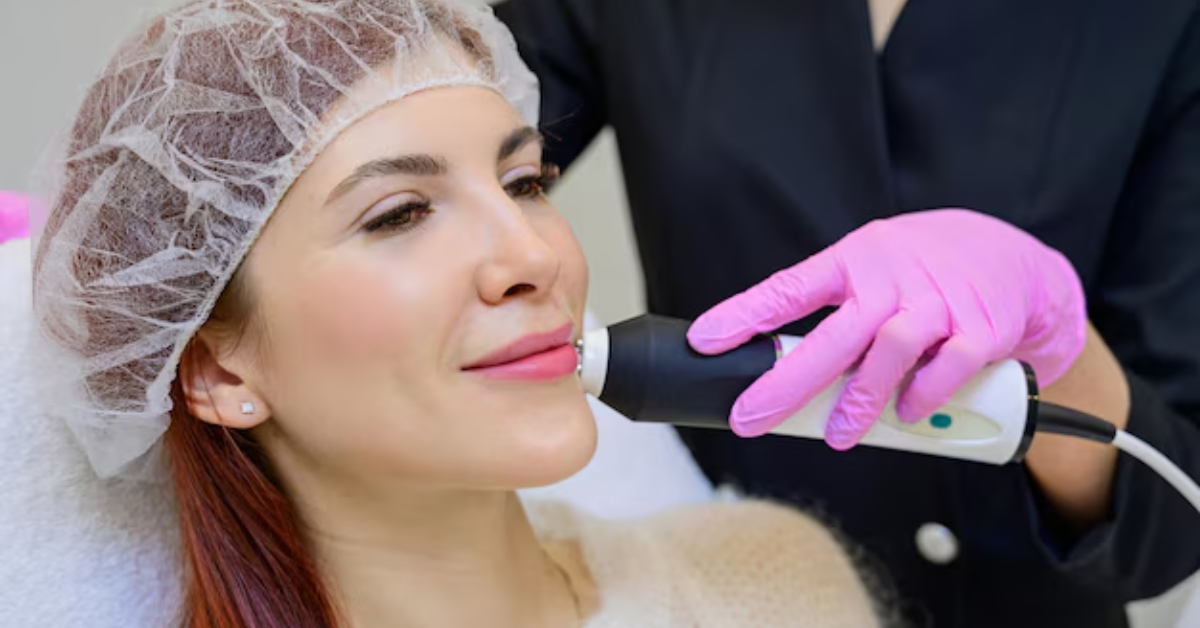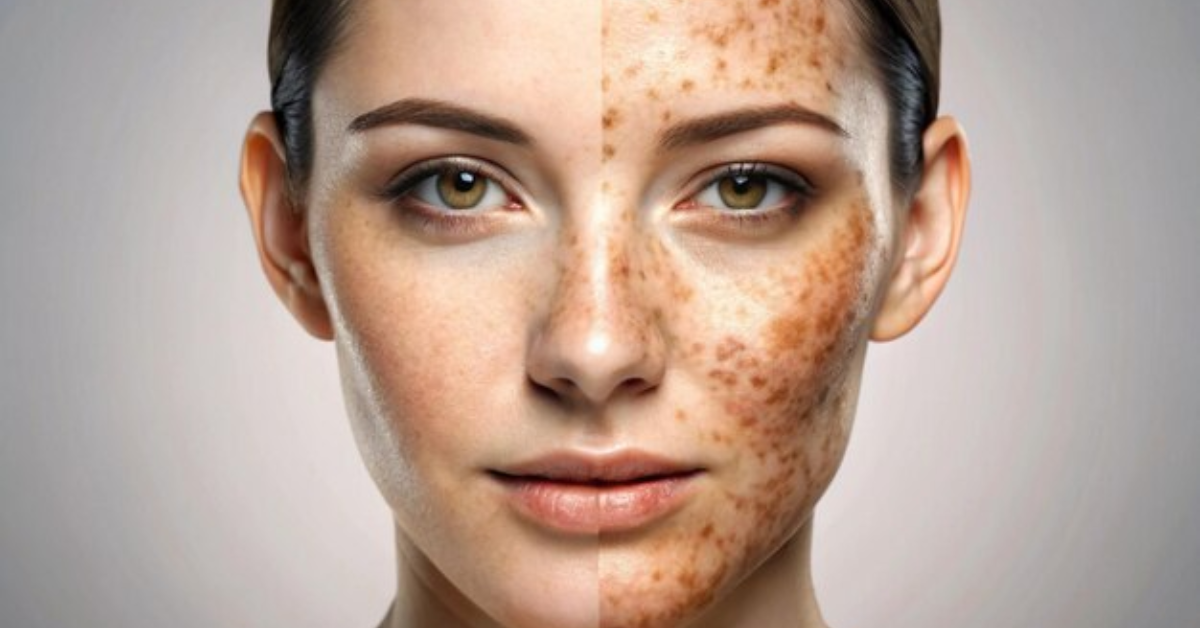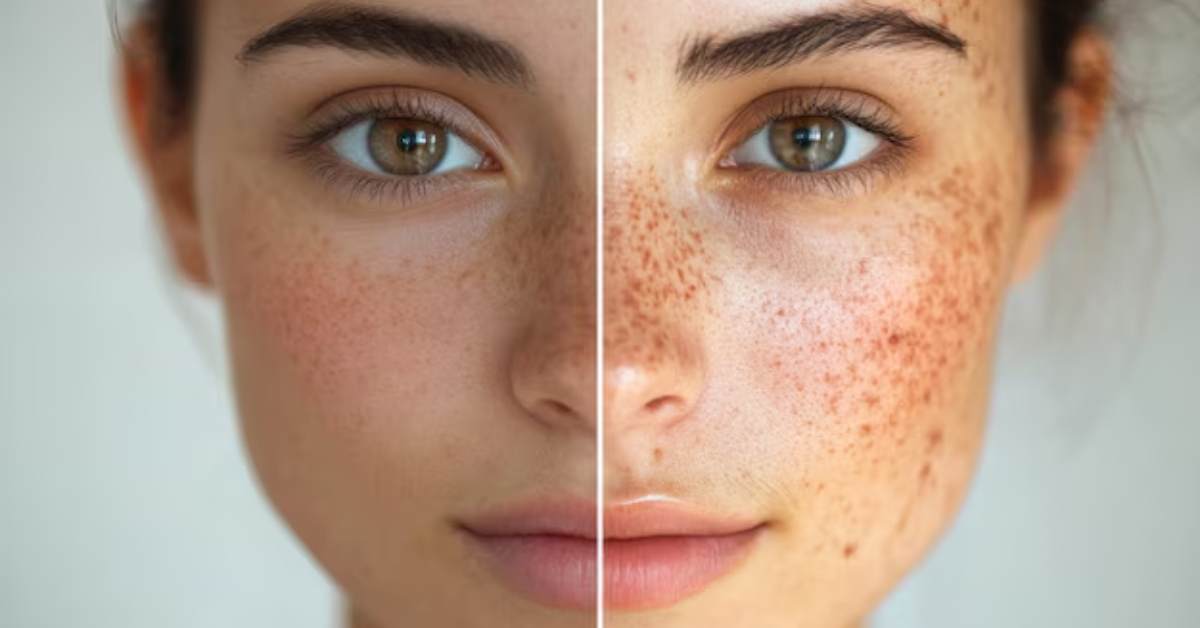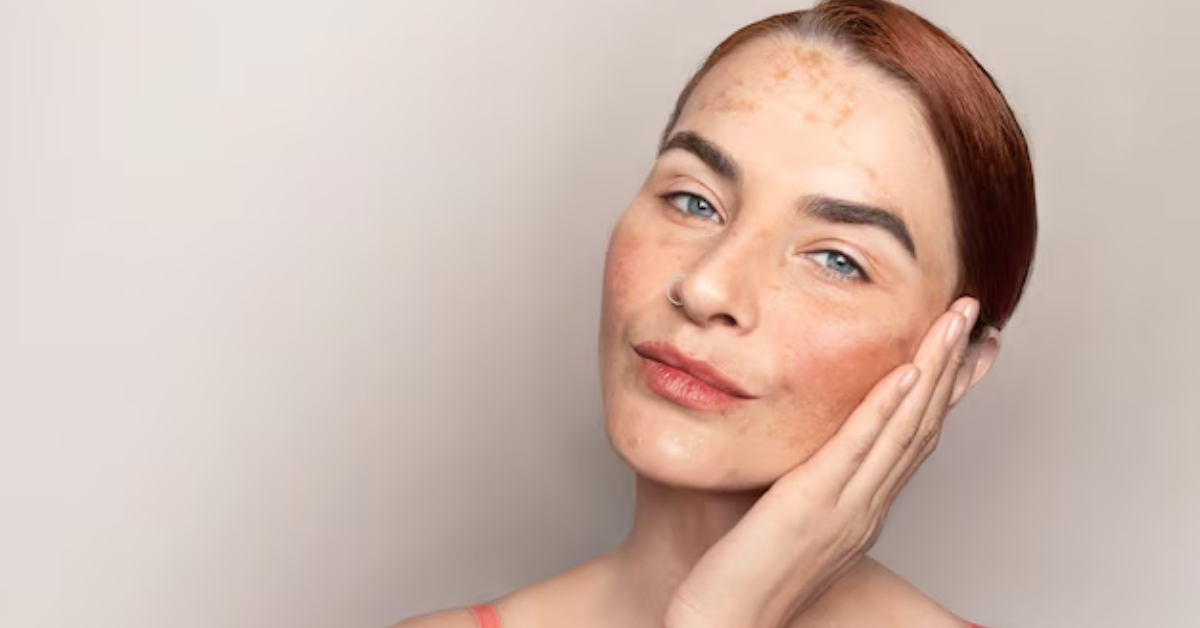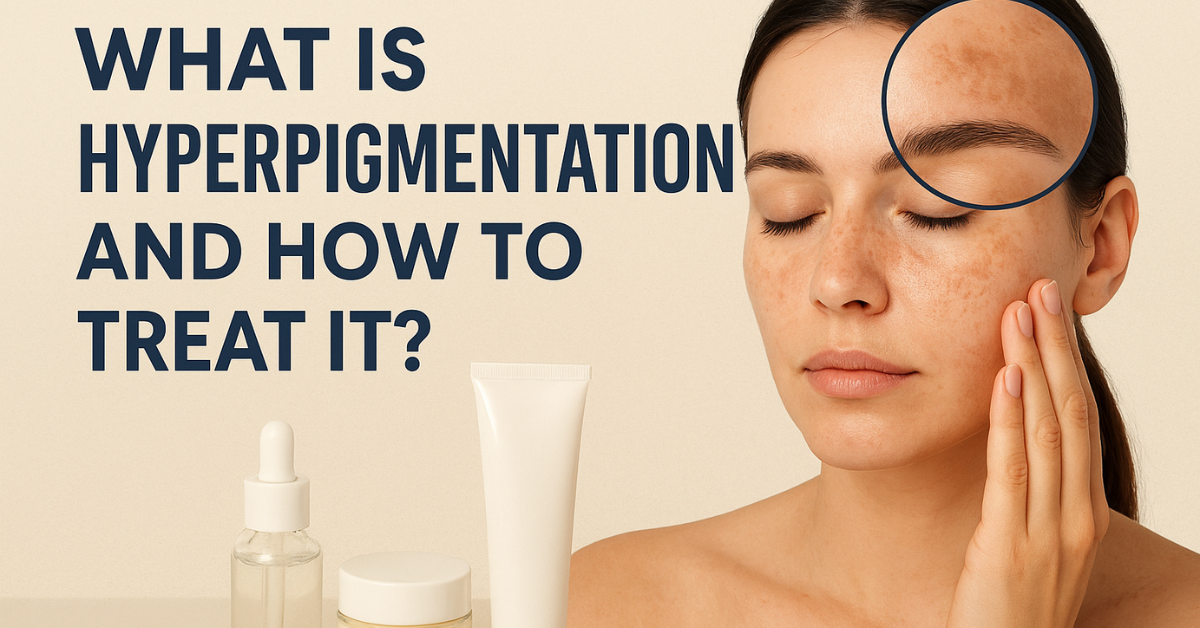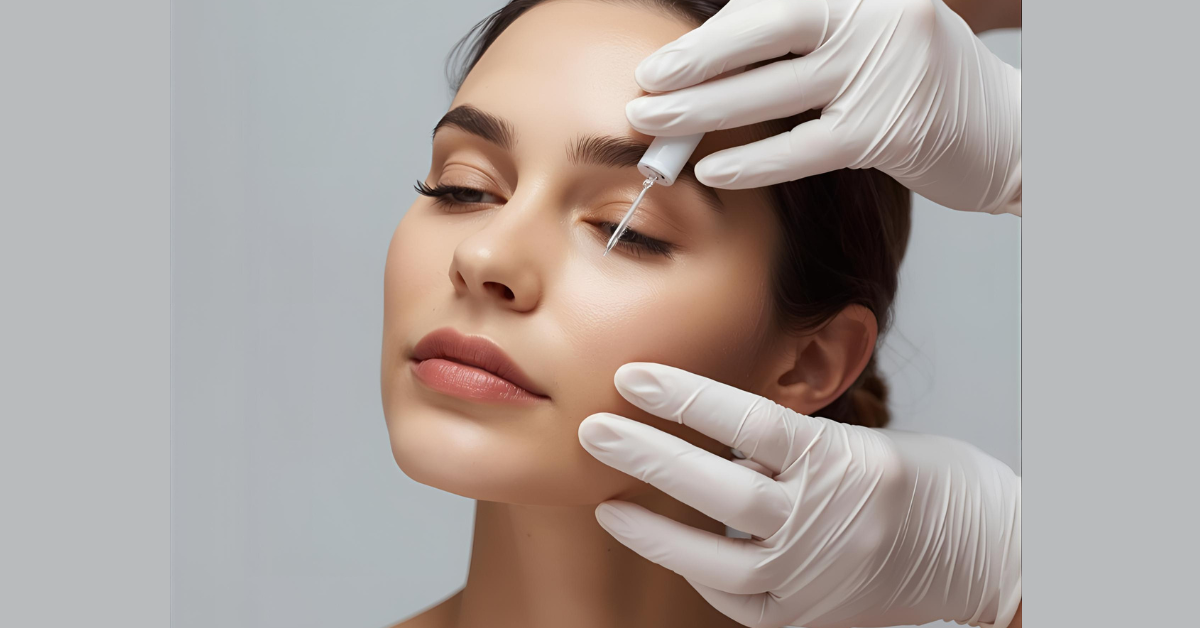Men’s Skin vs Women’s Skin | What You Should Know
When it comes to skincare, one size definitely does not fit all. Men’s skin and women’s skin may look similar on the surface, but biologically, they behave very differently. From thickness and collagen density to oil production and sensitivity, the differences go far beyond what we see in the mirror. That’s why products or routines that work perfectly for women may not deliver the same results for men, and vice versa.
Both men and women struggle with common skin concerns such as acne, dryness, premature aging, and sun damage. However, the way these problems develop and the treatments required to address them can vary dramatically. Hormones, genetics, and even lifestyle habits all play a crucial role in shaping how our skin reacts, heals, and ages over time.
In this article, we’ll take a closer look at the key differences between men’s and women’s skin, the role hormones play in skin health, and how these differences impact skincare routines. By the end, you’ll have a clear, practical understanding of how to take better care of your skin—whether you’re a man looking to control oil and irritation or a woman aiming to stay hydrated and youthful.
Men’s Skin vs. Women’s Skin: The Key Differences
1. Thickness of the Skin
One of the most noticeable differences is skin thickness. Men generally have skin that is about 20–25% thicker than women’s. This is due to higher levels of testosterone, which boosts collagen density.
- For men: This thicker skin tends to delay visible aging, such as wrinkles.
- For women: Skin is thinner and becomes even more delicate after menopause due to a drop in estrogen.
2. Oil Production and Sebum Levels
Men typically produce more sebum (skin oil) than women, again due to testosterone. This means:
- Men often have oilier skin and are more prone to acne, blackheads, and enlarged pores.
- Women, on the other hand, may struggle more with dryness and sensitivity, especially during hormonal changes.
Skincare tip: Men should focus on oil control and deep cleansing, while women may benefit from hydrating and soothing products.
3. Signs of Aging
Aging shows up differently in men and women:
- Men: Wrinkles tend to appear later but are usually deeper and more pronounced
when they develop.
- Women: Fine lines and crow’s feet appear earlier, especially around the eyes, due to thinner skin.
Fun fact: Women often lose collagen faster after menopause, leading to sagging and a quicker aging process compared to men.
4. Facial Hair and Shaving Impact
Men’s daily shaving routine can affect the skin significantly:
- Positive side: Regular shaving exfoliates the skin, which can make it look smoother.
- Negative side: It can also cause irritation, razor burns, and ingrown hairs.
Women don’t usually experience this level of stress on facial skin but may face irritation from waxing or threading.
5. Sensitivity and Hormonal Influence
Hormones play a massive role in skin health:
- Women: Menstrual cycles, pregnancy, and menopause cause fluctuations, often triggering breakouts or dryness.
- Men: Hormonal balance is more stable, but testosterone dominance means acne during puberty is often more severe.
6. Skin Firmness and Collagen Levels
Collagen is what keeps skin plump and firm. Men naturally have higher collagen density, which makes their skin firmer for longer. Women, however, tend to lose collagen rapidly after 30, leading to earlier signs of sagging.
Skincare Recommendations for Men vs. Women
For Men:
- Use a gentle cleanser to remove excess oil without stripping natural moisture.
- Incorporate exfoliation to prevent clogged pores and ingrown hairs.
- Always use a soothing aftershave or moisturizer to reduce irritation.
- Don’t skip sunscreen—even thicker skin is vulnerable to UV damage.
For Women:
- Focus on hydration and nourishment with serums and moisturizers.
- Include antioxidants like Vitamin C to combat early signs of aging.
- Use retinol or collagen-boosting products after 30 to maintain firmness.
- Sunscreen is a must, as thinner skin is more prone to sun damage.
Conclusion
While men’s and women’s skin share the same basic structure, their differences are significant enough to warrant separate skincare approaches. Men’s skin is thicker, oilier, and ages differently, while women’s skin is thinner, more sensitive, and affected by hormonal shifts.
By understanding these differences, you can tailor your skincare routine to your unique needs, keeping your skin healthy, youthful, and radiant.
FAQs: Men’s Skin vs. Women’s Skin
Q1: Why do men’s wrinkles appear later than women’s?
Because men have thicker skin and higher collagen density, wrinkles show up later but are deeper when they appear.
Q2: Do men and women need different skincare products?
Not always, but products should address specific needs. Men often need oil-control products, while women benefit more from hydration and anti-aging formulas.
Q3: Does shaving damage men’s skin?
Shaving can cause irritation and razor burns, but with proper aftershave care and moisturizing, the skin can stay healthy.
Q4: Who ages faster—men or women?
Women tend to show signs of aging earlier due to thinner skin and hormonal changes, especially after menopause.
Q5: Is sunscreen equally important for men and women?
Absolutely. Sun damage is the leading cause of premature aging for both genders, regardless of skin thickness.

